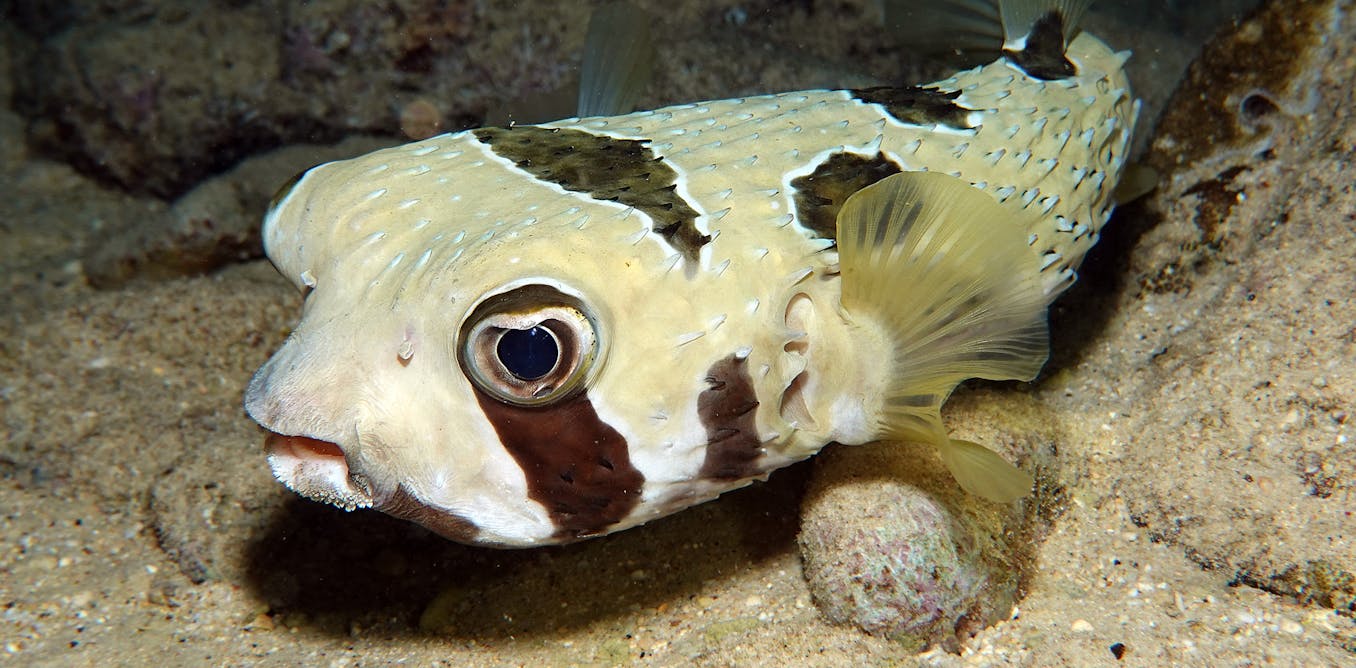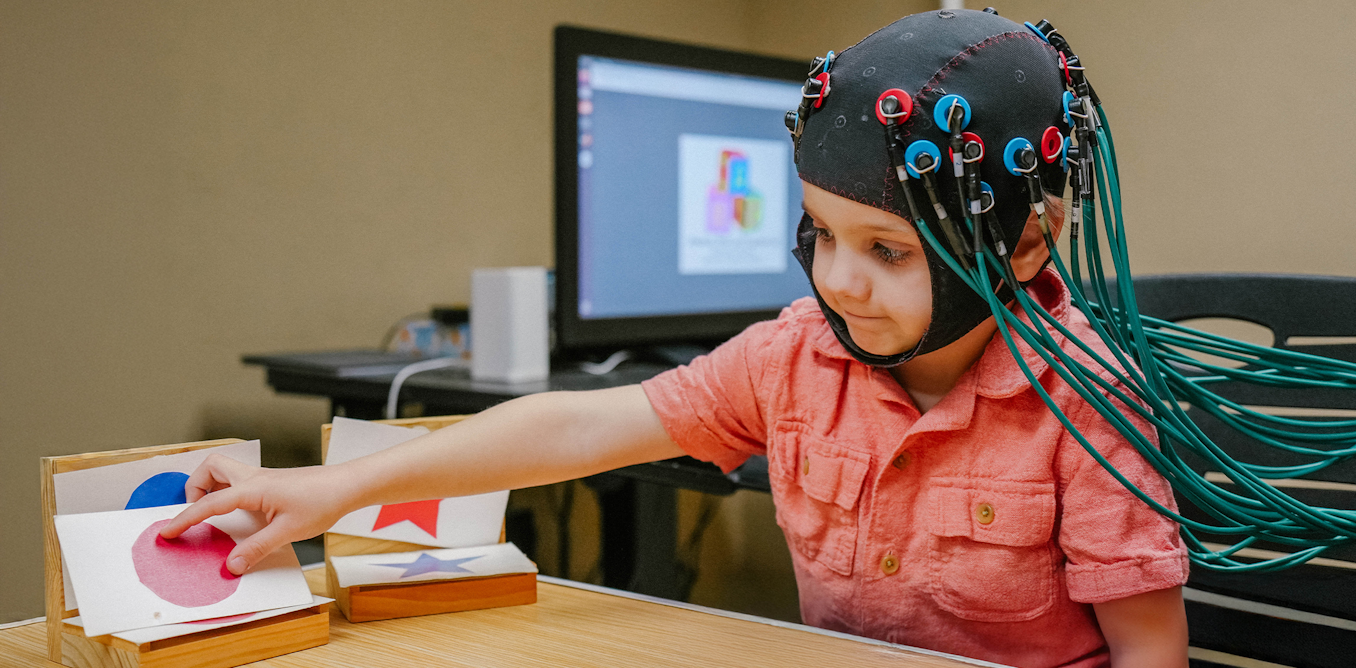Over the last several months, American visitors have flocked to Japan to take advantage of a historically weak yen, lowering the price of hotels, restaurants, theme parks, and bullet train tickets. But that will not be the only factor likely to impact sales at the Tokyo Gendai fair this week, experts told ARTnews.
Bank of America Private Bank managing director Joshua Greenberg said that while there has been a “massive depreciation” in the yen over the last three or four years, the weak currency could specifically play a role in sales of moderately priced art, which he defined as work valued at between $100,000 and $250,000.
“Collectors are coming from the US and Europe to get exposure to that art,” he said. “We think that the value of their currency relative to the yen at this fair could have a modest impact.”
Given the location of Tokyo Gendai, Bank of America Private Bank vice president Drew Watson said he didn’t know of many Americans attending the fair this year, likely because of its geographic location. But, he said, the weak currency would only be a positive for foreign buyers. “People feel like they have more money or more purchasing power, making them more likely to make large, discretionary purchases on assets like art,” Watson told ARTnews. “I think that that component can’t really can’t be ignored.”
One way dealers are hoping to lure Americans is by pricing art in US dollars, not in yen. Ceysson & Bénétière director Maelle Ebelle told ARTnews that the gallery’s solo presentation of South Korean artist Nam Tchun-Mo would be priced in US dollars. It’s also worth noting the three top-selling blue-chip Japanese artists—Yoshitomo Nara, Yayoi Kusama, and Takashi Murakami—are also represented by the major galleries Pace, David Zwirner, and Perrotin, who price their wares in US dollars.
Ebelle said it was a “sensitive time” for the international market, noting the latest Art Basel UBS report, as well as the national elections in the United States and France. “Our strategy is to keep moving forward internationally and keep up with defending and presenting our artists in the world,” she wrote in an email to ARTnews.
Art adviser and art dealer Arushi Kapoor said that currency fluctuations definitely affect the buying and selling decisions of her clients. “Ten cents makes a huge difference, especially for works over $1 million,” she told ARTnews.
A recent notable example was the sale of Alberto Giacometti’s Femme Leoni (1958), highlighted by former Philips chairman David C. Norman in a post on Instagram. Femme Leoni sold at Christie’s this May for $22.2 million, $3.3 million less than when it sold at Sotheby’s in October 2020 for $25.9 million. Artnet reported the consigner of Femme Leoni was Yusaku Maezawa. If it was indeed a Japanese collector like him who consigned the work, they might have made money in the process.
In October 2020, $1 was equal to 105 yen. Right now, $1 is equal to 161 yen. This means that, even though the sale resulted in a drop in value, the Giacometti work’s value has climbed by nearly 800 million yen, if the seller was indeed Maezawa.
Kapoor strongly recommended that collectors looking to similarly take advantage of currency fluctuations time them correctly and speak with a banker first. “It take about two weeks for a payment to go out,” she said.
Ultimately, collectors with the largest means will continue to acquire new works despite currency in fluctuations or geopolitical events. “Art collectors are always going to just buy art,” Art adviser Dane Jensen told ARTnews. “There’s still a lot of money at the top—it’s just about whether they feel like spending it.”

The post “A Strong Dollar and a Weak Yen Could Impact Sales at Tokyo Gendai” by Karen K. Ho was published on 07/03/2024 by www.artnews.com

































